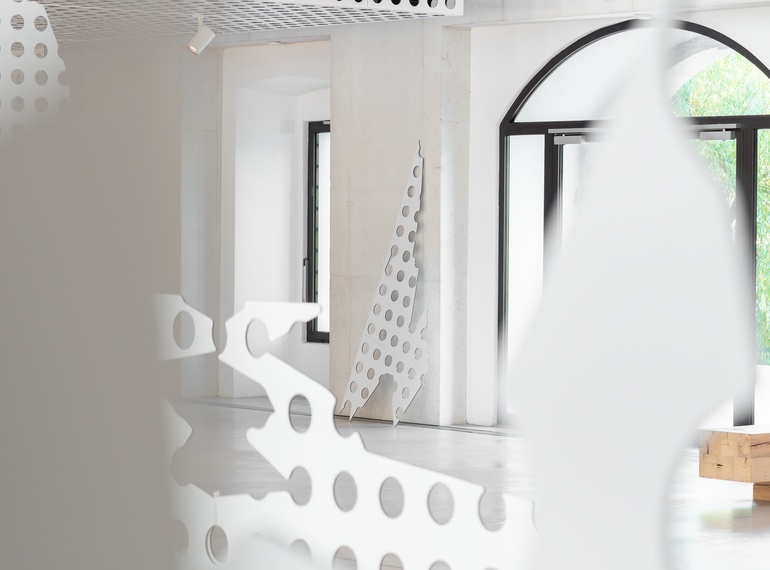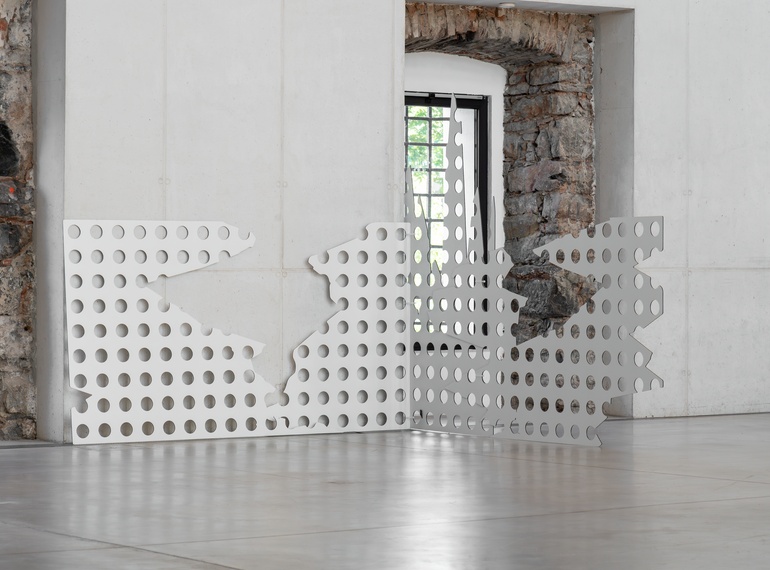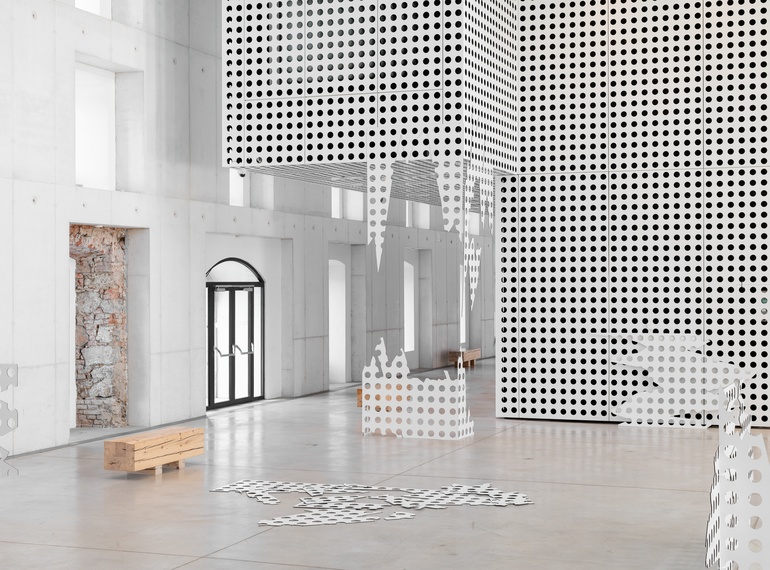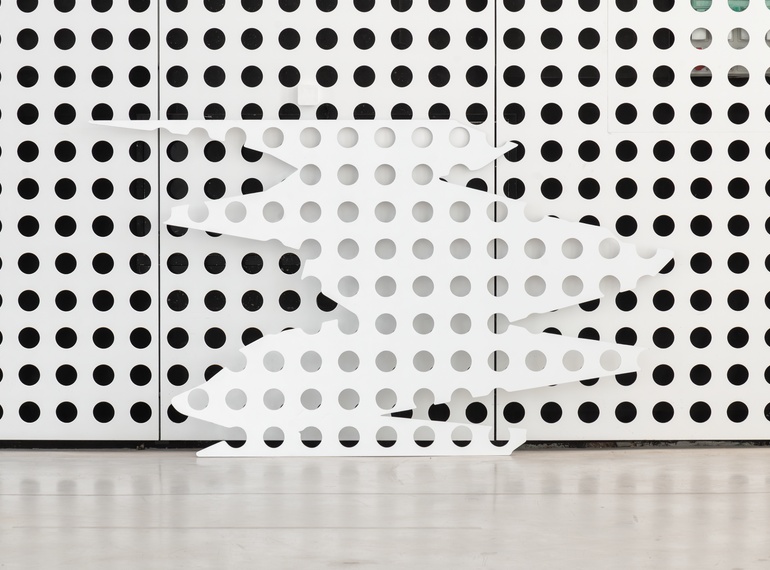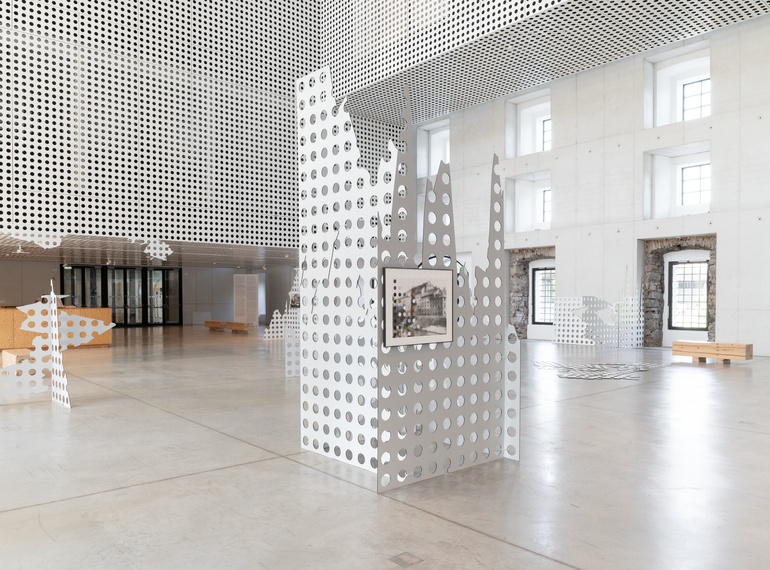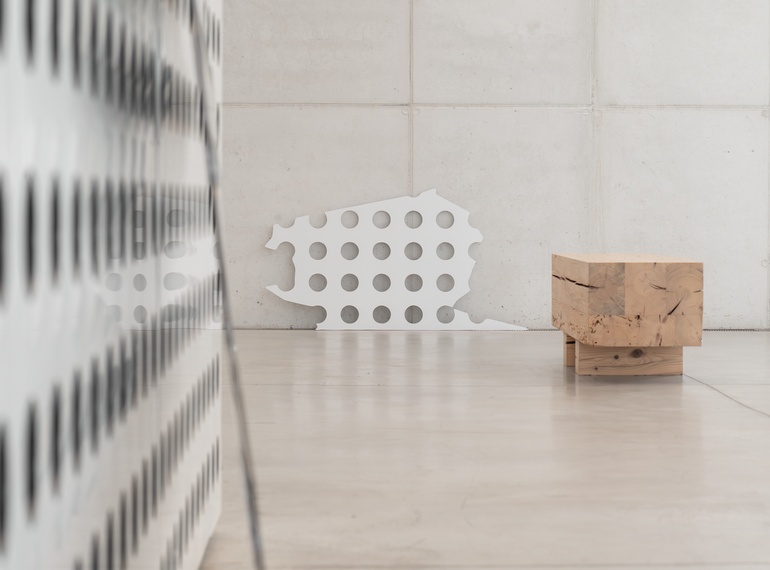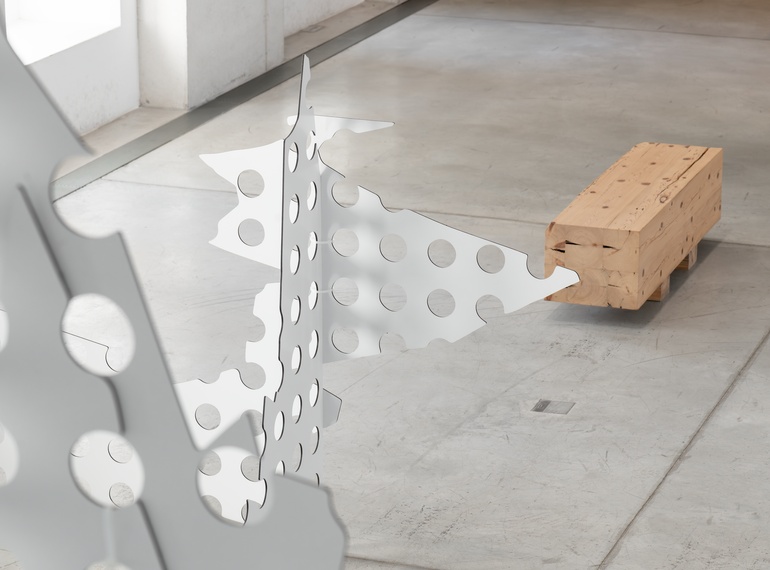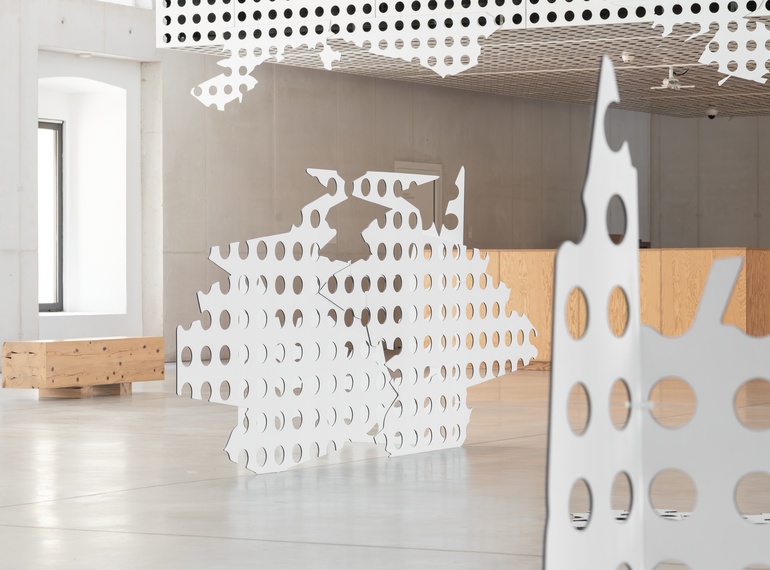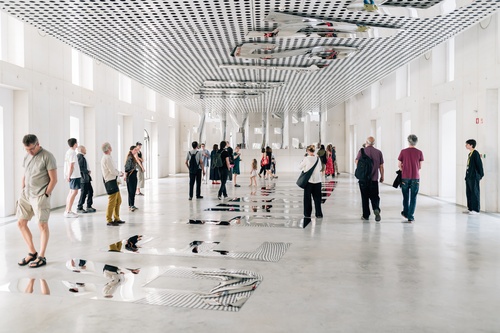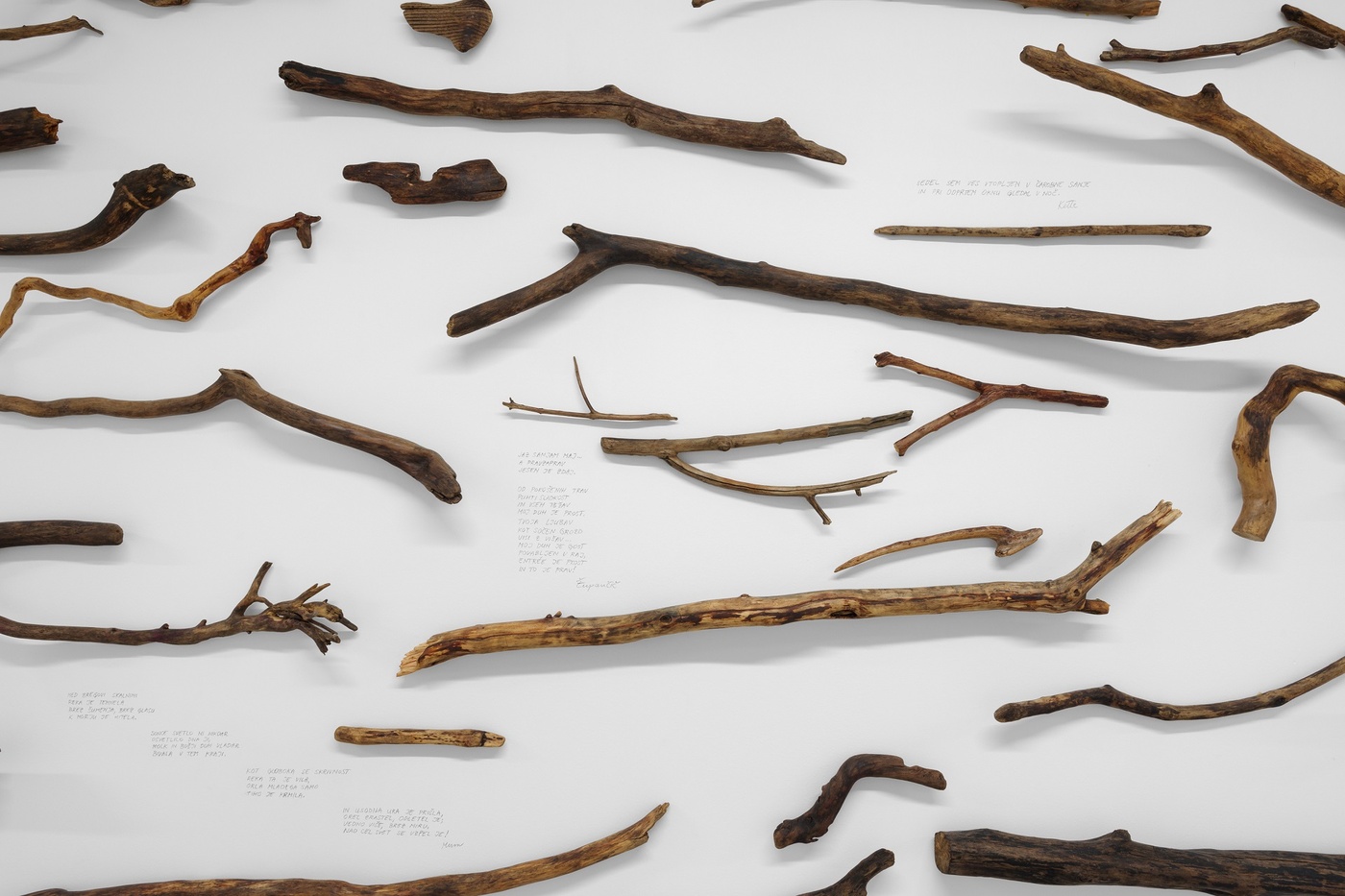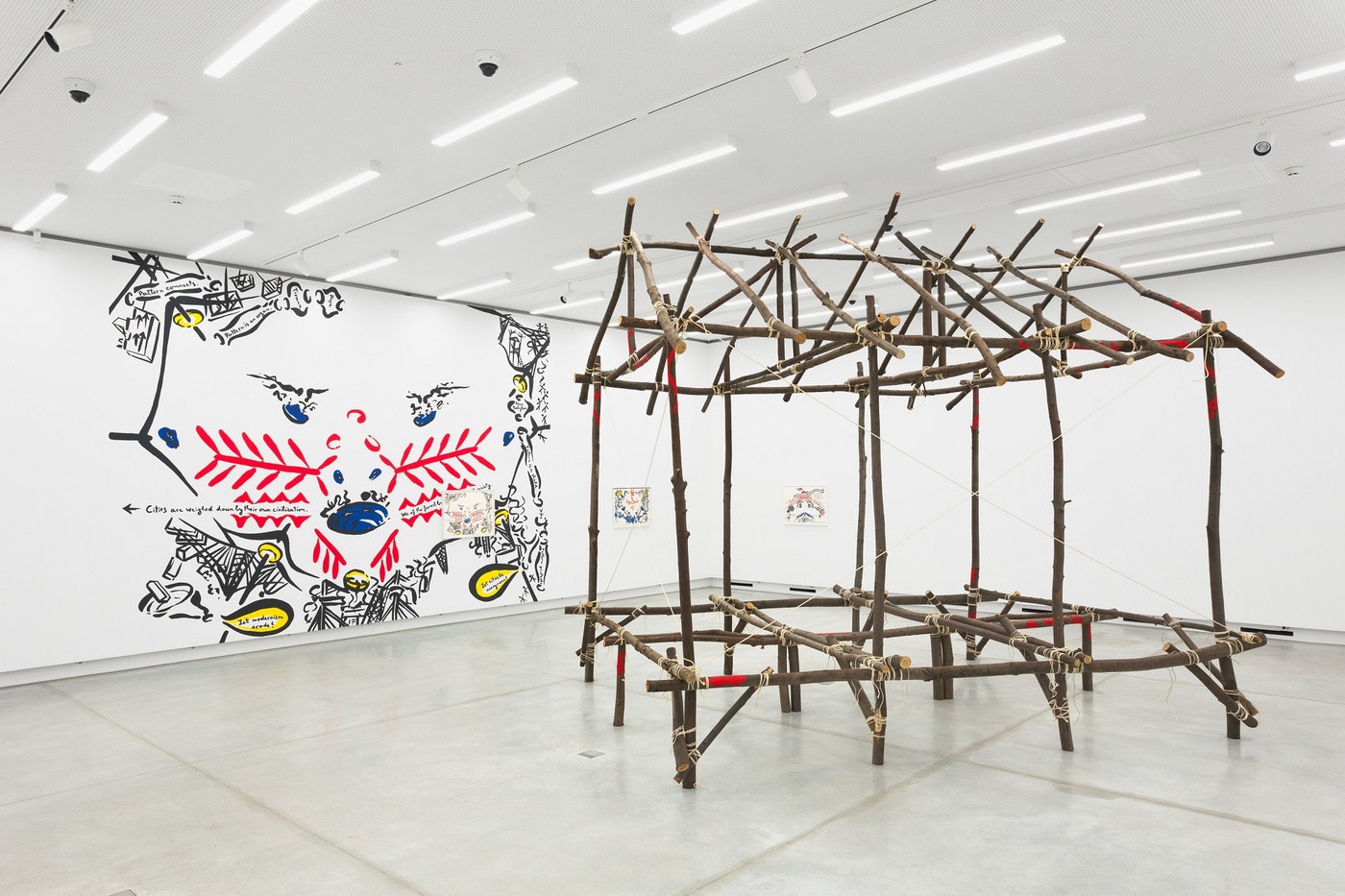Tobias Putrih (with Ardalan SadeghiKivi)
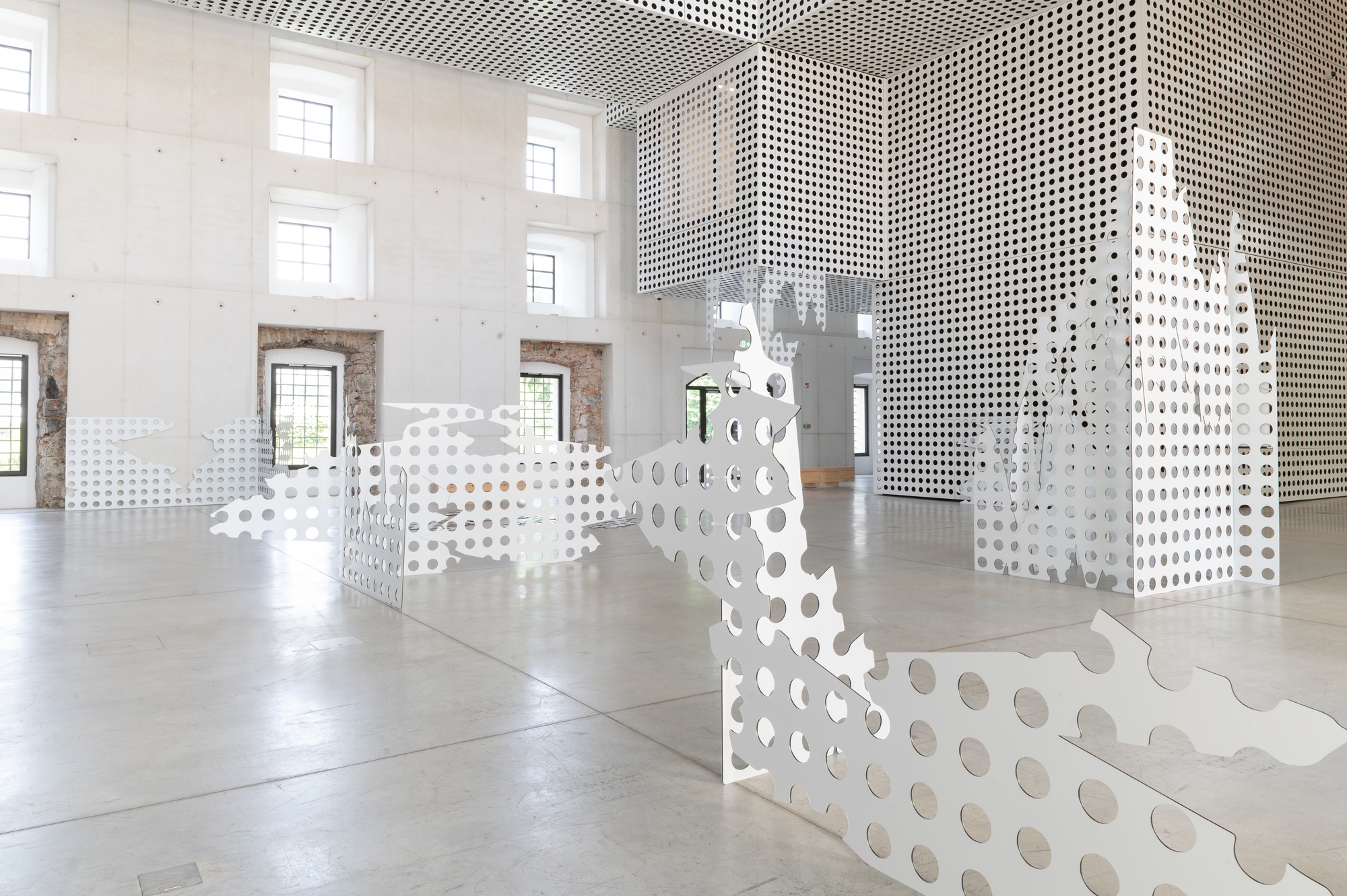
The building's history inspired artist Tobias Putrih to reflect on the stories harboured by old houses.
Cukrarna is anchored in Slovenia's collective memory as a place of Slovenian modernism, but also as a place of countless interesting stories – from the flourishing sugar factory to the military barracks, the tobacco factory and the textile plant, not forgetting all the individual fates doused in poverty and despair. At the beginning of the twentieth century, the representatives of modernism gathered here, the building blocks of national history, two of whom suffered the tragic fate of an early death. Every Slovenian high school student is subjected to learning about Josip Murn-Aleksandrov and Dragotin Kette as the embodiment of youthful genius, rejected by society and brought to death accompanied by the damp walls of Cukrarna, the eternal haven for helpless marginalised groups.
The astounding history of the building prompted the Boston-Ljubljana based artist Tobias Putrih to reflect on the different stories harboured by every old house in its innermost chambers. In this pursuit, developed in a dialog with an artist, architect and programmer Ardalan SadeghiKivi, he has brought together many fragmentary testimonies with stories and narratives from the past by thoughtfully transforming the space into a contemporary art gallery through a new architectural guise.
There was no exhibition programme in the lobby of the gallery previously, so the question of how to create a dialogue between the eventful history and the contemporary interior of Cukrarna was at the forefront of consideration in creating the spatial installation. The artist referred to the argument of Felicity D. Scott, based on her analysis of the set-up of the American pavilion at Expo 58, who states that the signage system of an exhibition is crucial to the viewer's experience. As the academician elucidates in her writing, architecture provides the tectonic and structural framework, art provides the content, while the exhibition set-up acts as a kind of interface that guides the interpretation of the content and encourages viewers to actively engage in reading the exhibition while developing their own system of interpretation in the process.
The renewed combination of architectural theory, design and fine art led the artist to the project's final outcome in the form of a complete spatial installation. The main component of the installation are the variously-shaped supporting structures from pieces of white perforated aluminium panels, which are visually in keeping with the wall coverings of Cukrarna's interior volumes. The shapes of the shattered constituent pieces were created by a computer simulation, designed and programmed by SadeghiKivi, of the fall of the panels from a height of 2,864 metres, which is the height of Slovenia's highest mountain, Triglav. The boards present three digital prints, whose common point is a blurred old photo of Cukrarna. A various number of coloured dots are scattered across the photo, each dot representing a histogram of a word that has been converted into a colour via a computer interface. Each print displays one of Josip Murn-Aleksandrov's poems – Sneg [Snow], Zvezde [Stars] and Nebo, nebo [Sky, Sky] – recorded in coloured dots.
The words from a selection of Murn's poems, transformed into an abstract colour pattern, thus become metaphors for the poet's thoughts. Using collaboratively developed algorithm that generates color compositions, i.e. with the absence of human gesture, Putrih and SadeghiKivi transform into visual language the themes of transience and boundlessness contemplated by the poet. Using colour compositions that imitate the contemporary guise of the architecture, they also visually connect the texts with the boards and the interior of the gallery. By combining the documents of the past and the space of the present, interweaving individual experiences with the collective consciousness and incorporating the works of a man of letters who sought a balance between dreams and everyday survival, Putrih creates a multi-layered narrative that opens up new possible interpretations in relation to the house and its regard.
Curated by Alenka Gregorič
Opening hours
Tuesday to Sunday: 10.00–19.00
Tickets
Free entry.
Press kit

